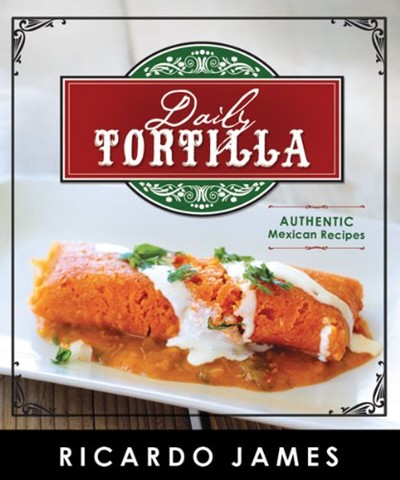The cilantro cuisines
July 15, 2014 by Susie I sometimes think of it as the
“Cilantro belt” – the band of nations falling between 15 and 30
degrees north of the equator. You know, Mexico, Cuba,
Morocco, India, Thailand, and many many more. It’s not that
all dishes from those countries use cilantro – they don’t.
And it’s not that other countries don’t use cilantro- they
do. But they’re all countries where you’d be surprised
to go a week without tasting cilantro in your food, somewhere.
And if you look at a cookbook jacket from those cuisines,
chances are that flash of green you see is cilantro.
I sometimes think of it as the
“Cilantro belt” – the band of nations falling between 15 and 30
degrees north of the equator. You know, Mexico, Cuba,
Morocco, India, Thailand, and many many more. It’s not that
all dishes from those countries use cilantro – they don’t.
And it’s not that other countries don’t use cilantro- they
do. But they’re all countries where you’d be surprised
to go a week without tasting cilantro in your food, somewhere.
And if you look at a cookbook jacket from those cuisines,
chances are that flash of green you see is cilantro.
Anyway, summertime is when I personally eat a lot of cilantro, and I’ve always figured it’s because those subtropical nations have a way with dealing with cooking in warm weather. But I don’t really know that that’s it – I mean, make enough salsas and curry pastes and layered rice dishes and you definitely get the feeling that staying cool and out of the kitchen is not all that high a priority.
 For me, I think it’s just that
over many summers, that bright, fresh green taste of cilantro – and
lime – and mint – has come to be associated with the sound of
lawnmowers and the smell of sunscreen and the promise of ice cream
more than twice a week, if not daily. Cilantro on the
garnish, cilantro root in the paste, coriander in the dry rub,
cilantro bolting in the garden…it’s all there in the culinary
soundtrack to summer.
For me, I think it’s just that
over many summers, that bright, fresh green taste of cilantro – and
lime – and mint – has come to be associated with the sound of
lawnmowers and the smell of sunscreen and the promise of ice cream
more than twice a week, if not daily. Cilantro on the
garnish, cilantro root in the paste, coriander in the dry rub,
cilantro bolting in the garden…it’s all there in the culinary
soundtrack to summer.
The frustrating thing is that whenever I do go to the garden for some fresh cilantro, it always seems to be between-times – either frondy and flowery and bitter and tall, or barely past the two-leaf seedling stage. I try to remember to plant some at least once a month, but somehow it just doesn’t always work out.
How about you? Do you also have a fair-weather relationship with cilantro, or is it a year-round resident in your fridge, like the carrots?
Categories
- All Posts (7077)
- Antipasto (2207)
- Author Articles (250)
- Book News (944)
- Cookbook Giveaways (996)
- Cookbook Lovers (262)
- Cooking Tips (116)
- Culinary News (299)
- Food Biz People (558)
- Food Online (800)
- Holidays & Celebrations (277)
- New Cookbooks (154)
- Recipes (1520)
- Shelf Life With Susie (231)
- What's New on EYB (134)
Archives
Latest Comments
- Kisa on French at Heart – Cookbook Giveaway
- smcculle on French at Heart – Cookbook Giveaway
- SULouisville on Balli Balli – Cookbook Giveaway and Quick Bites
- SULouisville on 20 Amici – 40 Ricette Cookbook Giveaway
- SULouisville on French at Heart – Cookbook Giveaway
- SULouisville on French at Heart – Cookbook Giveaway
- JimCampbell on Food news antipasto
- Indio32 on Four outstanding independently published cookbooks worth your attention
- nvernon on Four outstanding independently published cookbooks worth your attention
- fayegibson on Four outstanding independently published cookbooks worth your attention